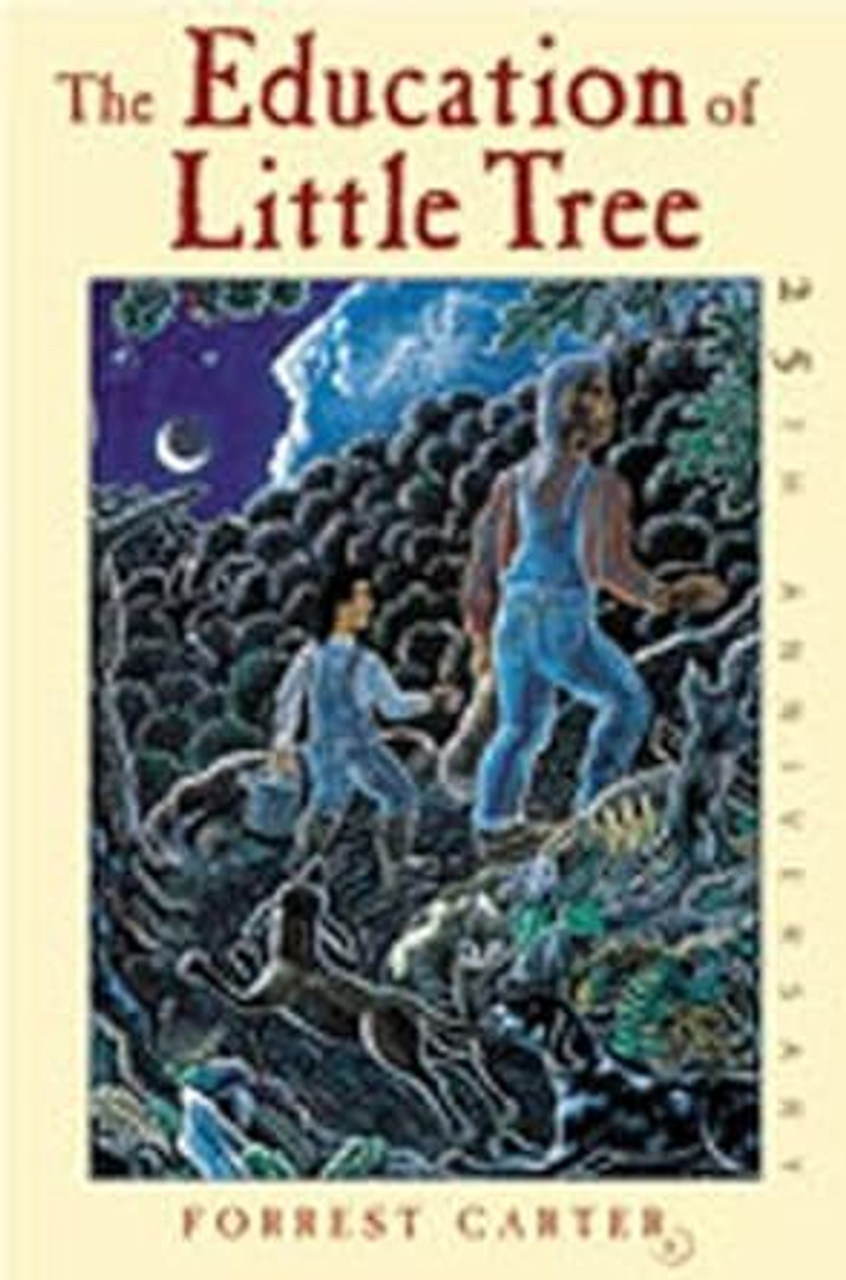Education of Little Tree, The
by Forrest Carter | Grades 8-10
The Education of Little Tree tells of a boy orphaned very young, who is adopted by his Cherokee grandmother and half-Cherokee grandfather in the Appalachian mountains of Tennessee during the Great Depression.
Forrest Carter (1925-1979), from the age of four or five, was inseparable from his part-Cherokee grandfather, who owned a farm and ran a country store nearby. Granpa called him Little Sprout; when he grew taller, he became Little Tree. From Granpa he absorbed the Cherokee ethic; to give love without expecting gratitude, to take from the land only what you need. Little Tree watches a mountain storm when Nature is birthing Spring, learns bird signs and wind songs and which crops to plant by the dark of the moon. He hears the true story of the Cherokee Trail of Tears, and why it is not the Indian who wept, but the watching white man. From a Jewish peddler who came every season to Granpa's store he learns a lesson in charity; from a sharecropper he learns to understand misplaced pride. He escapes death through Granpa's courage and confronts, for the first time, the hypocrisy and brutality of white Americans.
Much of the lore passed from generation to generation by word of mouth is found in these stories in "The Education of Little Tree," autobiographical if not all factually accurate. For instance, Granma is based on family memories of Carter's great-great-great grandmother (Granpa's great-grandmother), who was a full Cherokee, combined with the author's own mother, who read Shakespeare to him when he was a child. But Granpa is all and forever true in this storyteller's memoir of a time that ended when Little Tree was ten and Granpa died.




